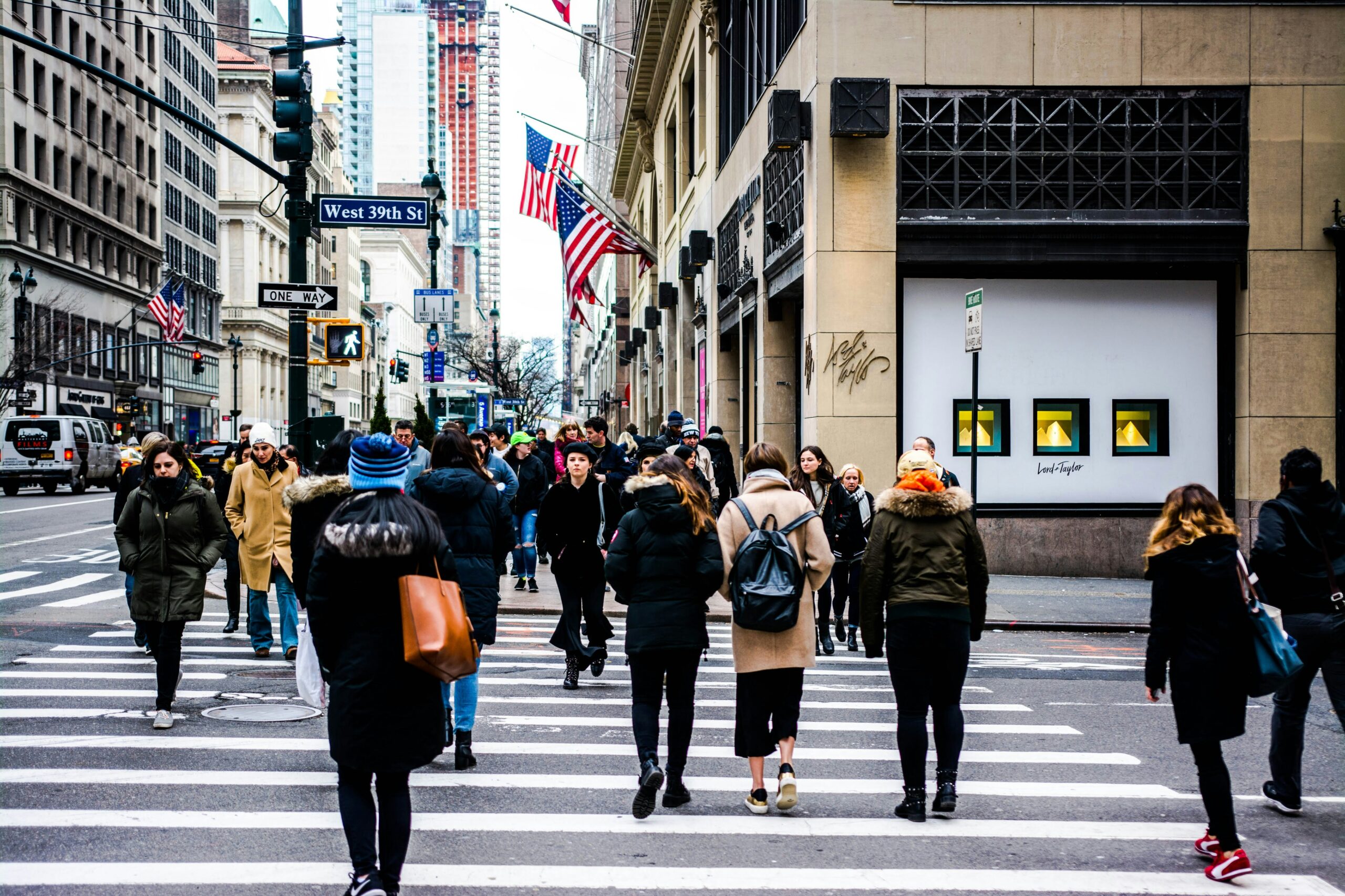The US labour market saw its slowest job growth since late 2020, with only 12,000 jobs added in October due to disruptions from storms in the Southeast and an ongoing strike at Boeing.
This monthly gain fell significantly below Dow Jones’s forecast of 100,000, marking a sharp drop from September’s figures.
The unemployment rate held steady at 4.1%, and a broader measure of joblessness that includes discouraged workers and part-timers for economic reasons remained unchanged at 7.7%.
The latest data underscores a complex employment landscape as the US economy braces for potential shifts with the upcoming presidential election.
Storm impact and labour disputes cut into US job gains
In October, US nonfarm payrolls increased by only 12,000, marking a substantial drop from September and far short of the 100,000 forecast.
This represents the smallest gain in nearly three years, with the Bureau of Labor Statistics (BLS) reporting that hurricanes Helene and Milton significantly impacted job creation.
The agency noted the storms’ net effect was difficult to quantify precisely.
The prolonged Boeing strike, which removed an estimated 44,000 jobs in the manufacturing sector, played a major role in the low job count, with the sector losing 46,000 jobs overall.
Manufacturing and temporary help sectors hit hard
October’s weak job growth data revealed significant losses in manufacturing and temporary help services.
The manufacturing sector, heavily impacted by the Boeing strike, reported a loss of 46,000 jobs.
The temporary help services sector also saw a decline, with 49,000 jobs lost, marking a cumulative drop of 577,000 positions since March 2022.
These two sectors are traditionally key indicators of broader employment health, and declines here suggest underlying pressures in the job market.
Despite the month’s overall slowdown, certain sectors continued to add jobs. Health care and government led the way, adding 52,000 and 40,000 jobs, respectively.
Health care remains a resilient industry, while government hiring has ramped up in response to various infrastructure and public sector needs.
These gains helped to offset some of the declines seen in sectors like leisure and hospitality, which lost 4,000 positions, along with modest declines in retail trade and transportation and warehousing.
Average earnings and work hours remain stable
The report showed that average hourly earnings rose by 0.4% in October, slightly above expectations, reflecting ongoing wage inflation amid a tight labour market.
The 12-month gain in hourly earnings stood at 4%, consistent with prior months, suggesting that wage pressures are stabilising.
The average work week remained steady at 34.3 hours, indicating a relatively consistent demand for worker hours across industries, even with the mixed job growth picture.
The October report also included downward revisions to prior job growth figures for August and September.
August’s job growth was revised down to 78,000, while September’s initial estimate of 223,000 was reduced, resulting in a net reduction of 112,000 jobs for the two months combined.
These revisions add further evidence that the US labour market may be losing steam after months of post-pandemic recovery gains.
Uncertain outlook as election approaches
The lacklustre job growth comes just ahead of the US presidential election, where economic conditions remain a major concern for voters.
With a close race between Democrat Kamala Harris and Republican Donald Trump, the latest jobs report casts an uncertain light on the economic narrative as the country heads to the polls.
The modest job gains, compounded by sector-specific declines and the impact of external disruptions, present a murky picture for the US economy’s short-term outlook.
The post US job growth slows to 12,000 in October due to hurricanes and Boeing strike appeared first on Invezz

